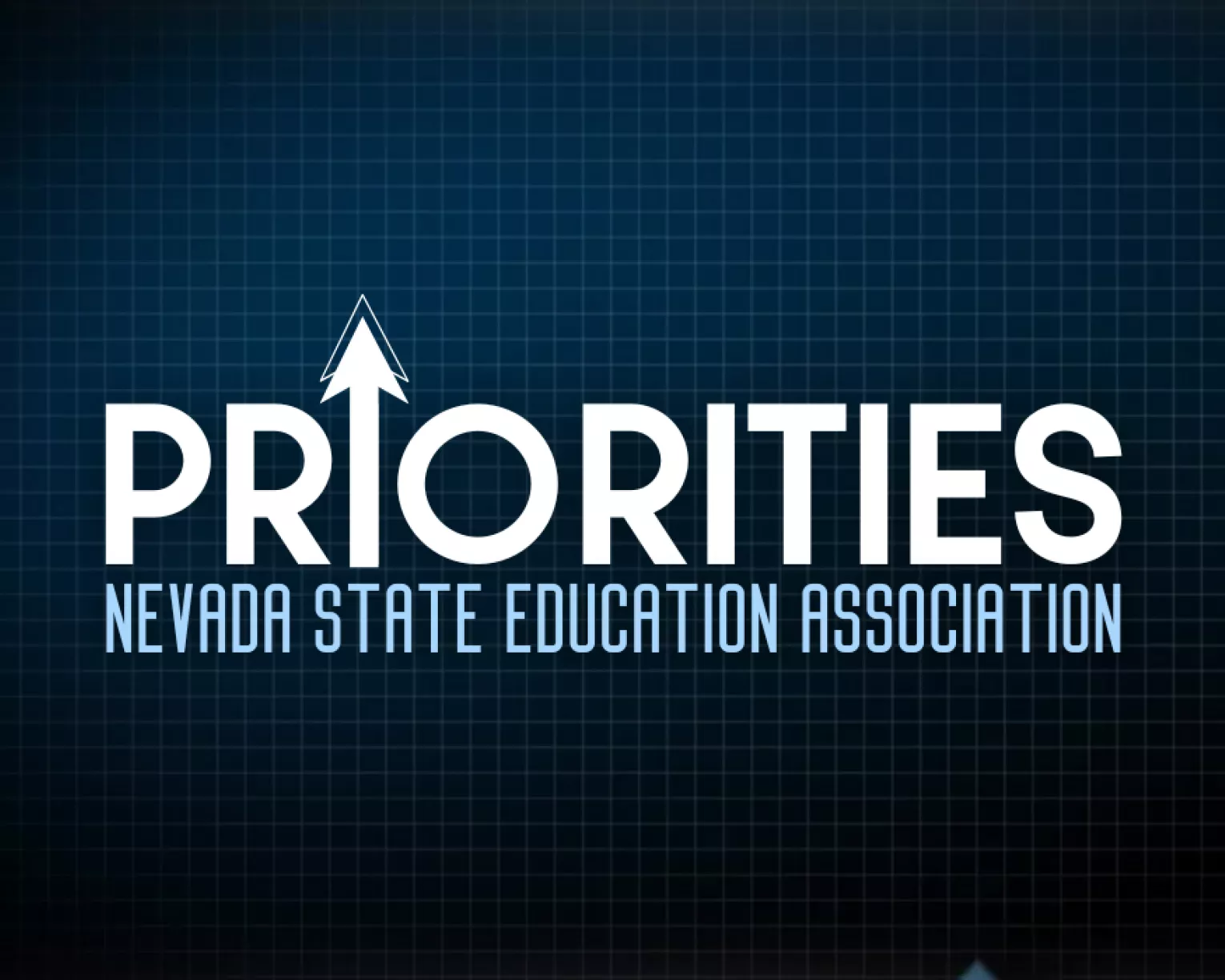Since 2017, NSEA has been asking for greater control and oversight of charter schools, especially given the separate and unequal dynamics between charter schools and neighborhood public schools. In 2017, NSEA worked with CCSD on AB78 to require charter schools to notify the school district and conduct a needs assessment before they could be approved. In 2019, NSEA sponsored and the Committee on Education introduced AB462, a proposed moratorium on new charter schools in Nevada. In a political compromise, the legislature amended AB462 to require the Charter School Authority to develop and implement a growth management plan. However, with your approval of supercharged growth in charter schools since its passage, it’s clear this Authority has not honored the legislative intent behind AB462 to manage charter growth. To provide some perspective, since the spring of 2019, SPCSA schools have grown by over 25,000 students, or 57%. In that same time, district schools have lost over 40,000 students, about 9%. The State Public Charter School Authority is now the second largest school district in the state.
NSEA has also advocated to level the playing field between charters and neighborhood public schools. While the legislature has taken some action over the years, there remain fundamental inequities. For example, 100% of full-time teachers at traditional public schools are required to be fully licensed. Not so with charters.
When a student leaves a neighborhood school for a charter school, the public funding for that student goes with them, but the neighborhood school’s overhead costs remain. Charter schools can exacerbate existing inequities by creating barriers to entry for vulnerable students. This could be as simple as students with the greatest support self-selecting into charters, effectively siphoning away students with the most engaged parents, leaving students with greater needs and fewer resources. Also, charter schools are much quick to expel students with behavior problems and/or other issues, sending these students back to their neighborhood public schools. This has created a two-tiered system of public education. While the SPCSA authority has worked on inequities in their student population, charters educate a significantly lower percentage of students with IEPs, students who are low-income, and English learners.
These are some of the reasons why NSEA opposed the expansion of Mater Academy of Northern Nevada into the North Valleys in Reno. The new Mater Academy is slated to be built immediately next to WCSD’s Alice Smith Elementary School, a WCSD school currently at 72% capacity. The SPCSA approval process had no regard for the students and educators at Alice Smith Elementary School or any school in the Washoe County School District. In fact, WCSD notified the SPSCA that a new 1460 seat charter school in that location would cause the closure of at least one school at the elementary level. It’s painfully clear the State Public Charter School Authority’s actions are counter to the interests of neighborhood public schools. That is why NSEA continues to ask the Legislature for greater controls and accountability.
What's On Your Mind?

